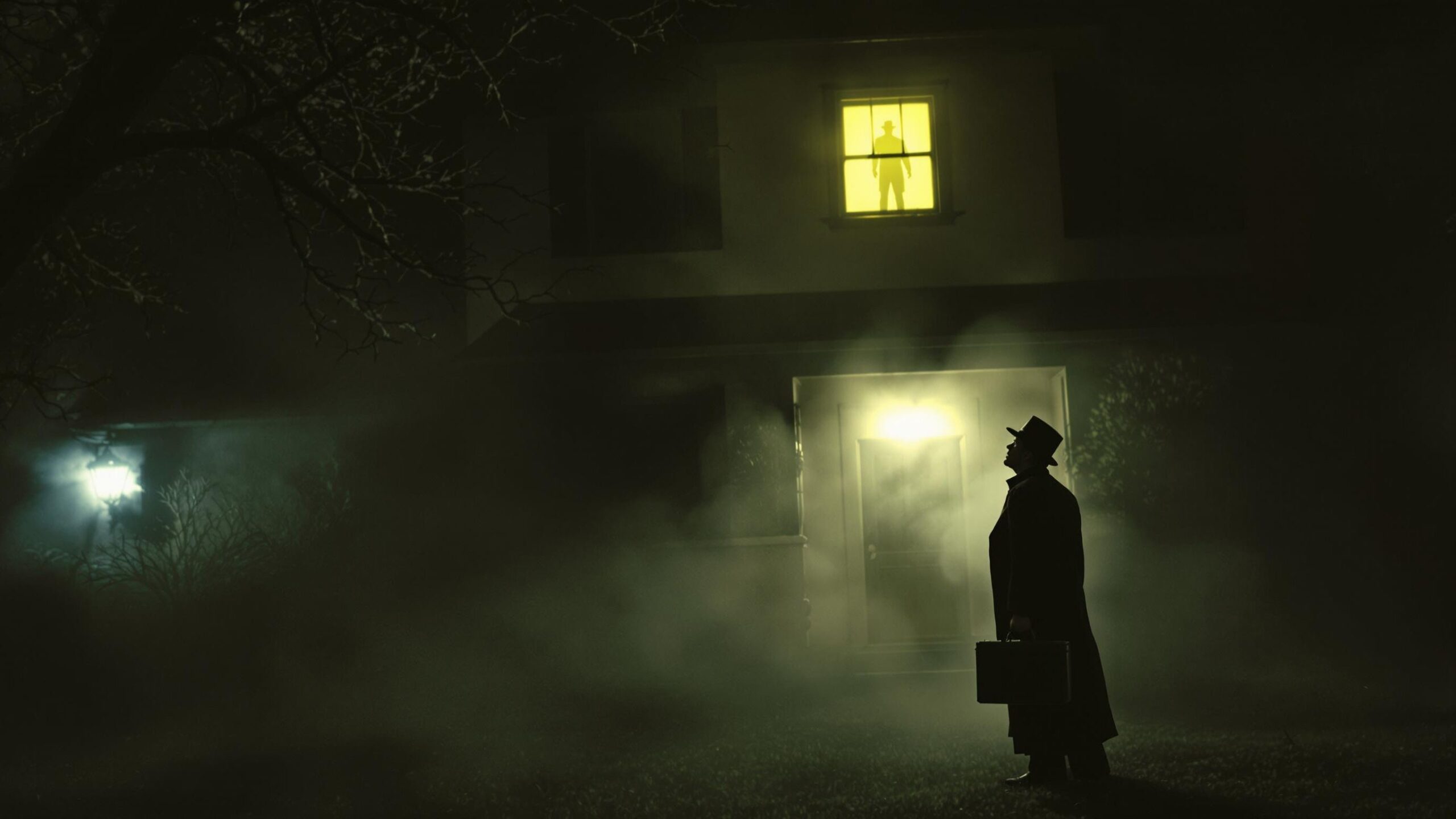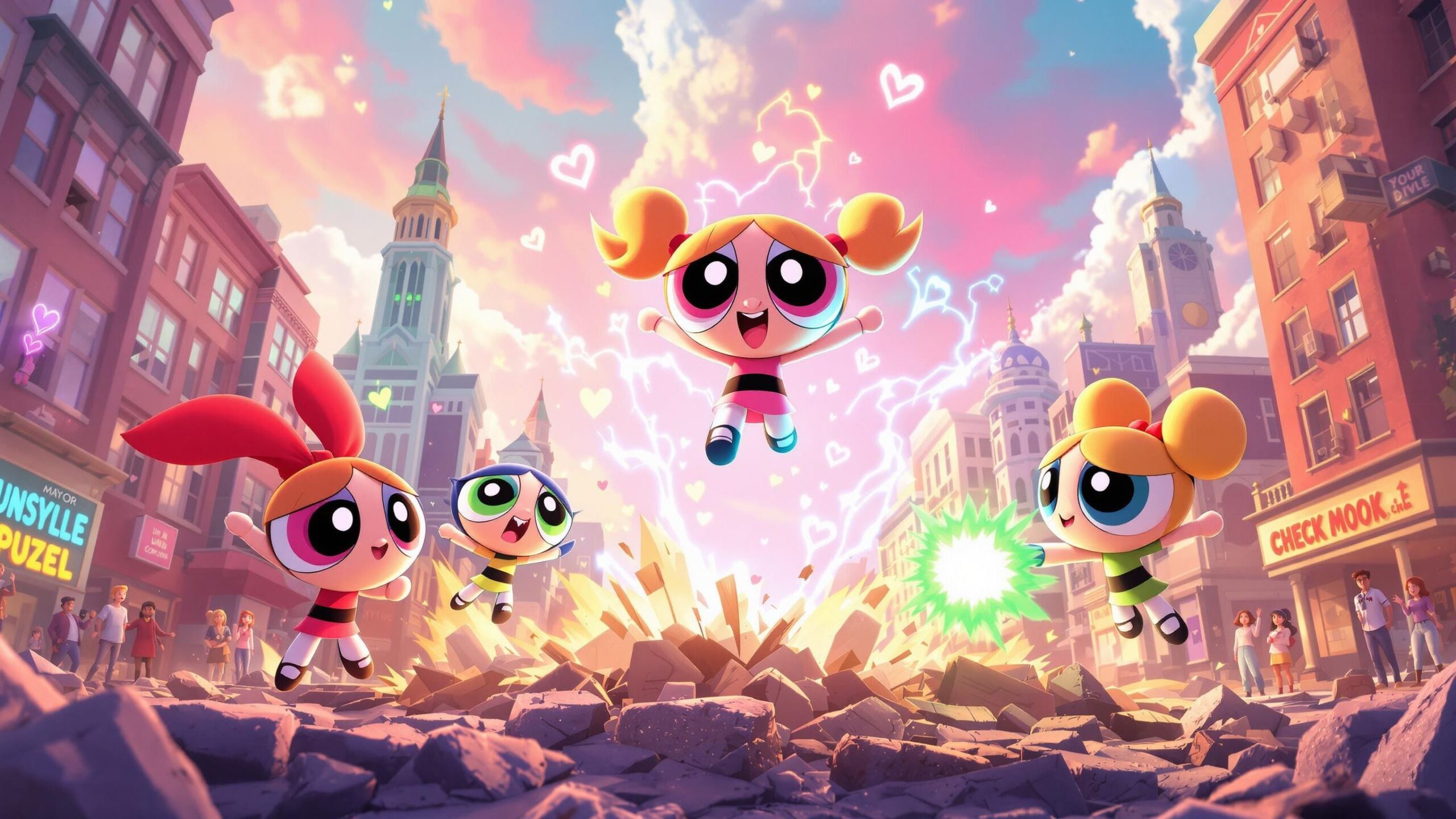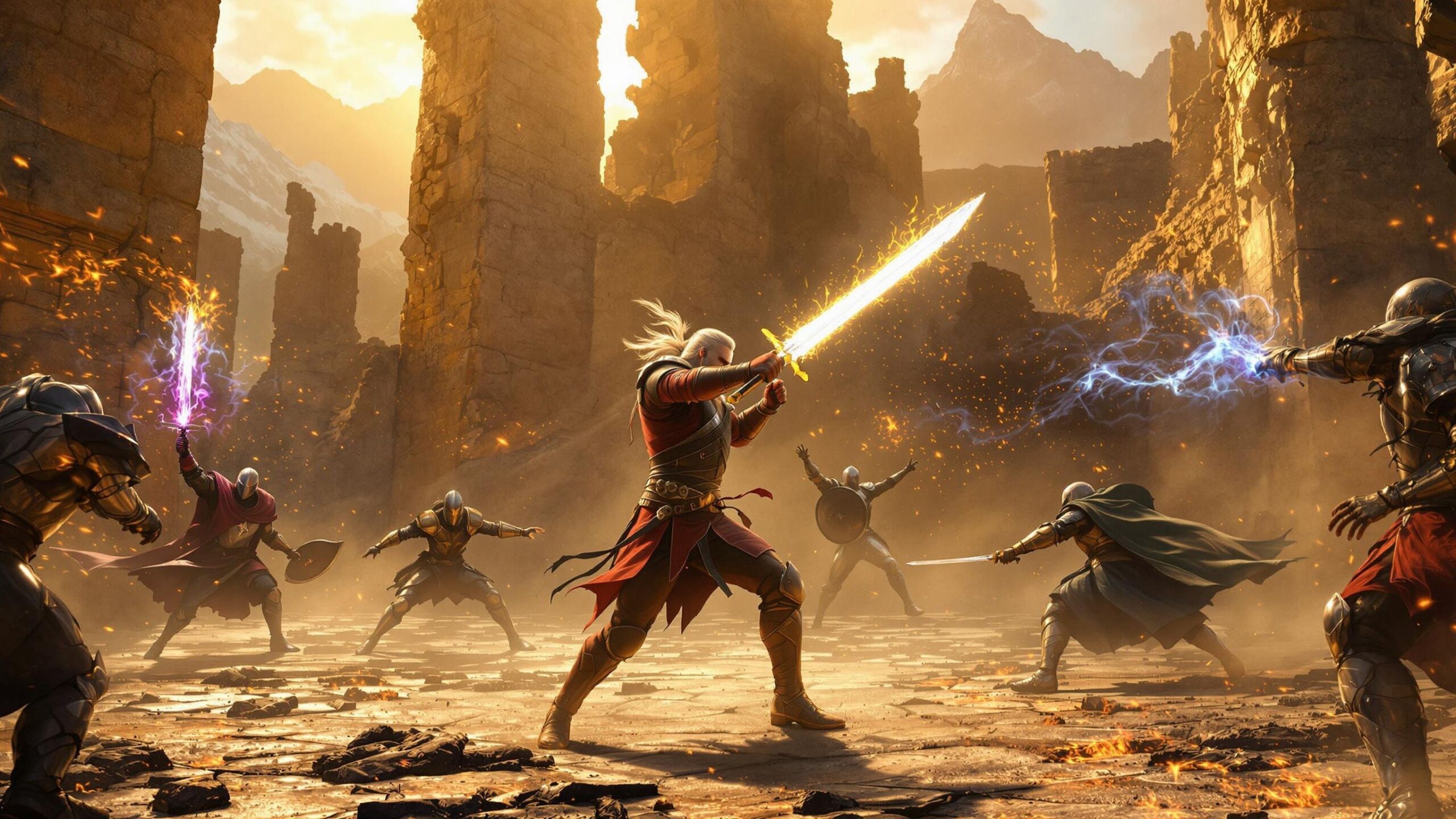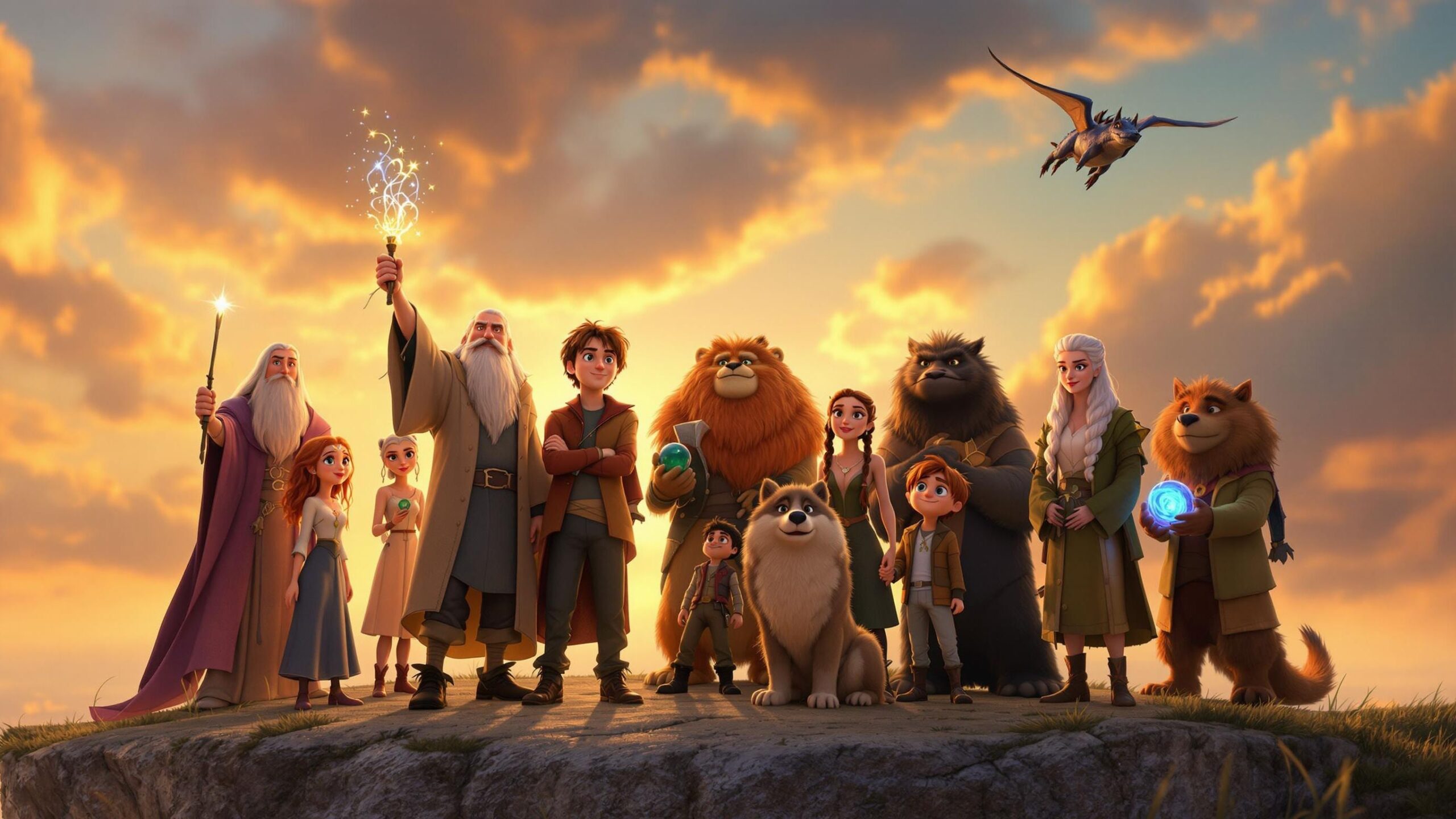#10: Samara Morgan – The Ring (2002)
Samara Morgan isn’t your typical ghost story. She’s a slow-burn nightmare with a VHS tape that haunts anyone foolish enough to press play. Her legend begins with static and ends in seven days of escalating dread. With stringy black hair, a tattered white dress, and that unforgettable crawl from the television, Samara redefined supernatural horror for a new generation. Unlike most killers, she doesn’t chase her victims. Instead, she waits—silently ticking down time until her curse consumes another life. That eerie blend of helplessness and inevitability is what makes her so chilling.
Her presence is quiet yet overwhelming. Samara represents corrupted innocence. She’s a child wronged by the world, and her wrath takes the form of psychological torment. What made The Ring so terrifying wasn’t just the jump scares—it was the sense of doom that built with every frame. Samara’s terrifying power stems not from gore but from the way she violates our sense of safety. No locked door or daylight can save you once her tape starts rolling. That’s a horror legacy few can match.

#9: Regan MacNeil – The Exorcist (1973)
Before horror was packed with jump scares, The Exorcist showed us that true fear lies in the transformation of the innocent. Regan MacNeil began as a sweet, ordinary 12-year-old. Then came the voices. The scratches. The levitation. And finally, the chilling voice of the demon Pazuzu speaking through her. Her descent into possession terrified audiences not just because of the shock value—but because it felt disturbingly real.
Linda Blair’s groundbreaking performance cemented Regan as a horror icon. From her 360-degree head twist to the grotesque obscenities spewing from a child’s mouth, Regan was unforgettable. She wasn’t just a victim; she became the face of ultimate terror. And even decades later, her scenes remain among the most referenced and parodied in the genre. What makes her so effective is that she represents the corruption of innocence—an age-old fear. In a genre filled with monsters and madmen, Regan MacNeil still stands out as one of the most unsettling characters ever committed to film.

#8: Pennywise the Dancing Clown – It (1990, 2017)
Clowns are supposed to bring joy, but Pennywise the Dancing Clown turns joy into dread with a single smile. Whether it’s Tim Curry’s sinister smirk or Bill Skarsgård’s nightmare-inducing eyes, Pennywise embodies the idea that evil wears a mask of fun. Based on Stephen King’s It, Pennywise is not just a clown—it’s an ancient cosmic entity that feeds on fear, especially from children. That’s the horror: he knows exactly what scares you and takes that shape.
What makes Pennywise such an iconic character is his adaptability. He can charm one moment and rip off an arm the next. He’s theatrical, taunting, and cruelly intelligent. He doesn’t just kill; he toys with his prey. “You’ll float too” isn’t just a catchphrase—it’s a promise of doom wrapped in childlike glee. Pennywise’s horror lives in that uncanny valley between what we trust and what we dread. He’s not just a clown; he’s fear personified, and that makes him unforgettable.
#7: Norman Bates – Psycho (1960)
Norman Bates redefined horror not through gore or supernatural frights, but through psychological terror. Played to perfection by Anthony Perkins, Norman is charming, shy, and just a little bit… off. He runs the Bates Motel with a polite smile and a nervous energy that hides a deeply fractured mind. But it’s not until the infamous shower scene that audiences fully grasp just how twisted Norman really is.
Norman isn’t a monster in the traditional sense—he’s disturbingly human. That’s what makes him so terrifying. His split personality, dominated by his possessive mother, represents repressed madness bubbling under the surface of everyday politeness. The moment you realize Norman is Mother is one of cinema’s most chilling reveals. His quiet demeanor, boyish awkwardness, and sudden brutality created a blueprint for countless killers to come. Norman Bates didn’t just kill Marion Crane—he killed the assumption that monsters can’t look like the boy next door.
#6: Freddy Krueger – A Nightmare on Elm Street (1984)
Freddy Krueger is horror’s ultimate dream invader. Unlike most slashers who lurk in the shadows, Freddy lives in your nightmares—and that’s his greatest weapon. With his charred face, striped sweater, fedora, and glove of razors, he turned sleep, the one place we’re supposed to feel safe, into a death sentence. Created by Wes Craven and brought to sinister life by Robert Englund, Freddy isn’t just scary—he’s sadistically clever.
What sets Freddy apart is his personality. While many horror villains are mute and monstrous, Freddy is a taunting trickster, gleefully delivering one-liners before gruesome kills. His voice is as much a weapon as his claws. But beneath the wisecracks is a truly disturbing origin—Freddy was a child murderer who escaped justice and returned from the grave to exact his vengeance through dreams. He preys on the vulnerable, twisting their fears against them. Freddy Krueger turned horror into a mind game, and once he entered the genre, sleep was never the same again.
#5: Ghostface – Scream (1996)
What makes Ghostface so terrifying is that it’s never just one person. The killer behind the mask is constantly changing, but the fear remains the same. Ghostface is a meta-monster—a slasher who knows all the rules of horror and uses them to kill smarter, faster, and with crueler precision. The iconic mask, inspired by Edvard Munch’s The Scream, combined with a black hooded robe and a voice modulator, turned Ghostface into a cultural phenomenon.
Ghostface doesn’t rely on brute strength. He—or she—is cunning, manipulative, and thrives on psychological warfare. Victims are stalked, taunted with horror trivia, and toyed with over the phone before the final strike. What makes Ghostface iconic is the blend of horror and satire. Scream deconstructed the genre while creating a villain that stood shoulder to shoulder with the legends. Each new film reveals a different face under the mask, but the fear? That never changes.
#4: Chucky – Child’s Play (1988)
Chucky may be pint-sized, but he’s packing a whole lot of murder in that little plastic body. When the soul of serial killer Charles Lee Ray possesses a Good Guy doll through voodoo, horror takes on a new form: a killer toy with a foul mouth and a love for violence. With his red hair, overalls, and stitched-up sneer, Chucky is as visually iconic as he is unnerving. The contrast between his childlike appearance and psychotic behavior is what makes him so disturbing.
Chucky is brutal, inventive, and relentless. From kitchen knives to power tools, he turns everyday household items into weapons of chaos. But he’s also witty and unpredictable—his dark humor makes his kills even more chilling. Over the years, Chucky’s character has evolved, from straightforward slasher villain to a self-aware, genre-savvy antihero in the Child’s Play and Chucky TV series. His lasting popularity proves that fear doesn’t need to be seven feet tall. Sometimes, it fits in a toy box.
#3: Leatherface – The Texas Chain Saw Massacre (1974)
Leatherface is pure, unfiltered terror. With his towering frame, chainsaw roar, and human-skin mask, he’s a nightmare that feels all too real. Loosely inspired by real-life murderer Ed Gein, Leatherface is the face of raw, chaotic horror. He doesn’t kill for sport or vengeance—he kills because that’s how he was raised. Trapped in a family of cannibals, he’s more a product of his environment than a conscious villain, which makes him all the more disturbing.
Unlike more vocal horror icons, Leatherface doesn’t speak—he screams, grunts, and chases. That lack of dialogue adds to the animalistic unpredictability. The original film’s documentary-style cinematography and gritty realism made audiences feel like they were watching something forbidden, and Leatherface was the centerpiece of that terror. He doesn’t stalk from the shadows—he bursts in, violently and without warning. Chainsaw in hand, Leatherface redefined what horror could look and feel like. He’s not supernatural, and that’s exactly why he’s so terrifying.
#2: Jason Voorhees – Friday the 13th Series
Jason Voorhees is the silent juggernaut of horror. With his hulking frame, machete in hand, and iconic hockey mask, Jason became the embodiment of unstoppable death. Initially appearing only briefly in the first Friday the 13th film, he returned in the sequels to become the franchise’s brutal heart. He doesn’t talk. He doesn’t run. He just walks—slowly, inevitably—and somehow, he always catches up.
Jason is driven by vengeance, first for his mother’s death and then for the violation of his resting place. But as the series evolved, Jason became less human and more myth. Whether he’s stalking teens at Camp Crystal Lake or slicing through futuristic corridors in Jason X, he’s a force of nature. His kills are often gruesome, creative, and unrelenting. Over time, Jason came to represent the fear of being hunted—the knowledge that something is out there, and you can’t escape. That fear has earned him his place in horror history.
#1: Michael Myers – Halloween Series
At the top of the horror food chain stands Michael Myers—the Boogeyman incarnate. From the moment he donned that pale, emotionless mask and stepped into the shadows of Haddonfield, he became a symbol of pure, unexplainable evil. Michael doesn’t kill for revenge, for fun, or even out of hate. He kills because it’s what he does. That lack of motivation is what makes him the most frightening of all. There’s no reasoning with him, no plea for mercy. He just watches. Waits. And strikes.
With his slow walk, eerie silence, and relentless nature, Michael turned stalking into an art form. John Carpenter’s original Halloween film used suspense over gore, and Michael was its chilling center. Nicknamed “The Shape,” he represents something primal—death itself, wrapped in human form. Unlike Freddy or Chucky, Michael never needed words. The mask says it all: blank, unreadable, and merciless. He’s not just a killer—he’s the darkness in your closet, the shadow down the hallway. Michael Myers didn’t just change horror—he defined it.
From slashers to supernatural entities, these horror icons didn’t just haunt our dreams—they built the nightmares we still remember today. Their legacies live on in every scream, every jump scare, and every flickering hallway light in a dark theater. Whether mute and methodical or gleefully chaotic, each character on this list pushed the genre forward and solidified their spot in horror history.



